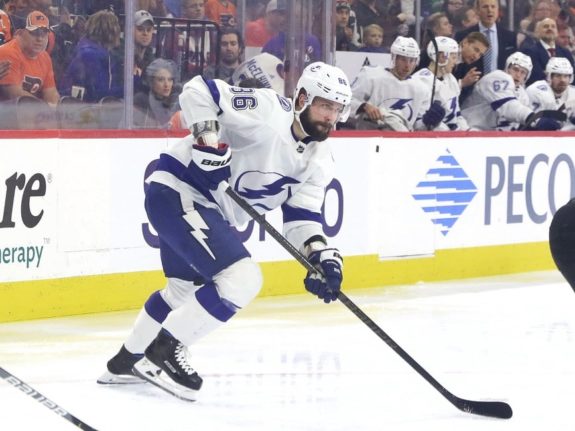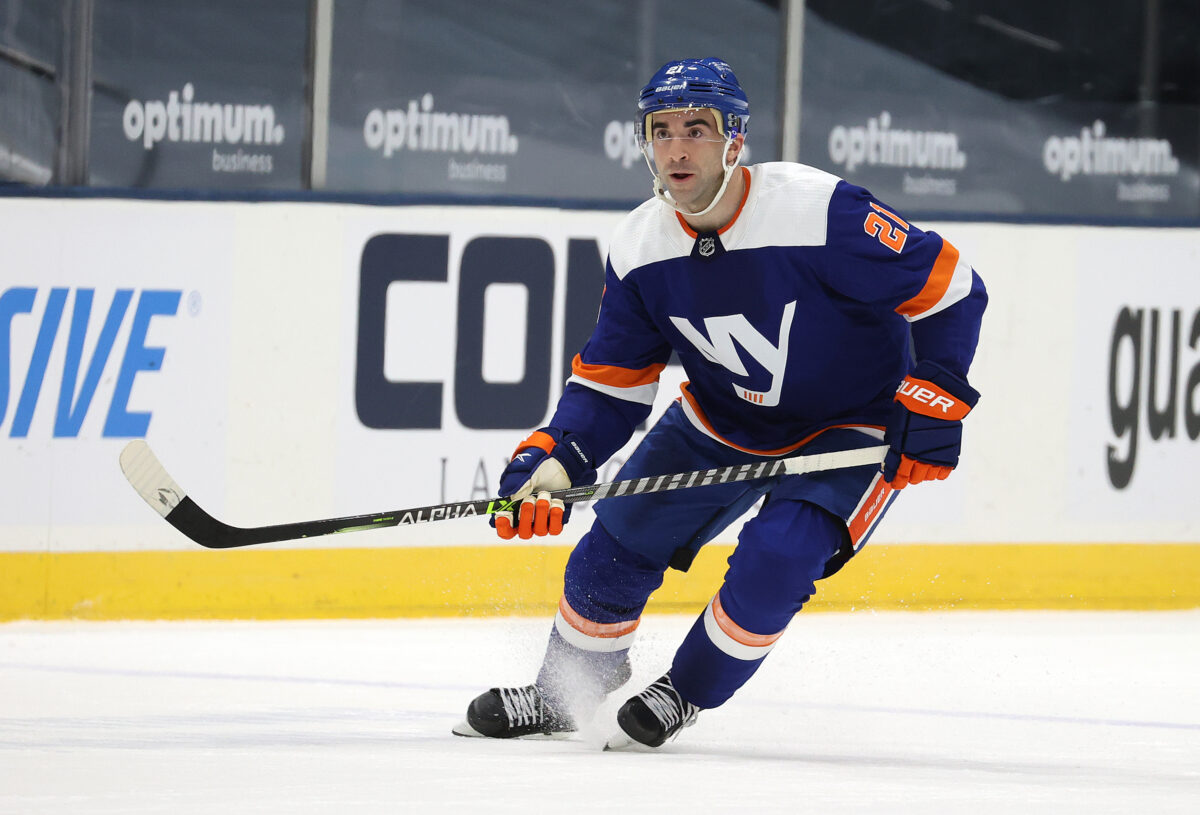NHL teams are always looking for ways to get an edge, especially in the Stanley Cup Playoffs. With the lack of a salary cap during the postseason, many teams have developed strategies to take advantage of this rule. Through the use of long-term injured reserve (LTIR), teams can remain cap compliant through the regular season. This is not new, as we have seen examples from Patrick Kane being held out in 2015 so the Chicago Blackhawks could acquire key pieces for their Cup run, or the fact that the Toronto Maple Leafs finished last season with a cap hit of $95 million by making use of LTIR.
The NHL loves to enforce their rules and punish those who may be breaking or abusing them. They punished the Vancouver Canucks for the Roberto Luongo contract by introducing recapture penalties, yet seem to have no issue with teams being close to $20 million over the cap during the playoffs. With that in mind, here are three ways the NHL could limit teams from circumventing the cap in the regular season and playoffs.
Minimum Games Played
This season, we saw a new technique being used to circumvent the cap by the Tampa Bay Lightning. In order to remain cap compliant throughout the season, Nikita Kucherov remained on LTIR for the entire season and was activated just in time for the playoffs. He did have surgery in the offseason, but by activating him so late, it allowed Tampa to acquire players like David Savard, as Kucherov’s $9.5 million salary was not added to the cap this season. The way to prevent teams from purposefully holding out players is by making a games-played minimum standard.

The standard is very simple. To be eligible for the playoffs, each player must play at least one game in the regular season. It does not matter how many minutes the player plays, they just need to play in one game. There would also be a standard for players in junior, the minor leagues or other leagues that could state a minimum of five games played would qualify you for the playoffs. This would ensure it was not limiting those players.
The idea behind this is simple. If every player must play one game, then you would need to be salary compliant at least once during the regular season. This is a very easy way to ensure teams are not purposefully holding players out of games so they can circumvent the cap and gain an advantage in the playoffs.
Cap Penalties Applied to Next Season
This idea revolves around applying a penalty against teams the following season depending on their cap number during the playoffs. A team’s salary cap number is decreased the next season based on the amount they are over in the playoffs.

You may see a team go over by $1-$2 million during the playoffs, but this season we have seen cap overages in the double digits. The NHL would take whatever the season-ending salary cap number is to determine the cap penalties. An example of this would be the New York Islanders. At the end of the season, the Islanders’ final cap hit was $88.4 million. This would mean that in the following season, the $6.9 million difference would be added to the Islanders’ cap. In total, 15 teams this season had cap overages at the end of the season and would have additional penalties the next season if the rule was implemented. This theory allows teams to still go all-in on the playoffs, but would prevent teams from abusing the LTIR system due to the cap penalties the next season.
Lineup Salary Cap
This concept is the easiest option for teams to follow. You must stay below the $81.5 million cap when filling out your lineup card. That means the 20 skaters and two goalies’ total cap must be under the cap ceiling. If you can’t field a team properly by following the rules, it could even lead to a team playing shorthanded as the Golden Knights did during some regular-season games.
An example of this is the Lightning. They had a salary-cap hit of over $92 million based solely on their lineup for Game 1 of the Stanley Cup Semifinals. Vegas was close, but just squeezed under coming in at $80 million during their first matchup.
Having the line-up salary cap could be beneficial for teams in the long run. They would be forced to play rookies to fill holes in the lineup, which leads to devolvement. This would still allow teams to bring in good players and go over the cap, while also ensuring that a competitive balance is still maintained and no team is circumventing the cap.
A League that Loves its Rules
If a team breaks or manipulates the rules, the NHL has a history of harsh punishments. As mentioned earlier, the Luongo contract with the Canucks led to a rule being put in place to prohibit teams from signing long-term contracts that would pay players into retirement, so their average annual value would be lowered. We also saw the Arizona Coyotes forfeit multiple draft picks for breaking the combine testing rules. The NHL does not like when teams embarrass them by breaking or manipulating the rules. This is exactly what cap circumvention is.
You need to give credit to the general managers who find a way to make their teams as competitive as possible by manipulating the cap. It happens every year. We are always going to see teams exceed the cap ceiling due to call-ups during the playoffs, but being $10 million or more over the cap is excessive. The NHL needs to find a way to cut down or limit cap circumvention. It will make the games and the league, in general, more competitive year after year, and could lead to longer playoff series and more upsets if each team is on a semi-balanced playing field.